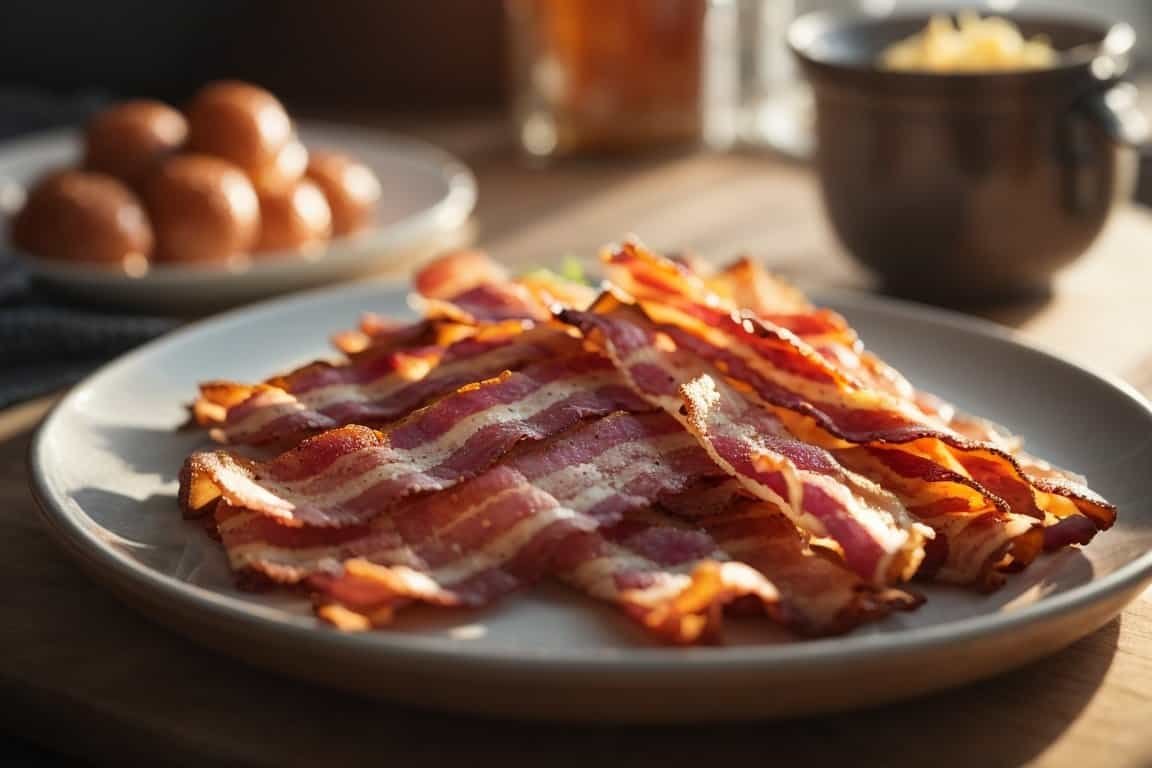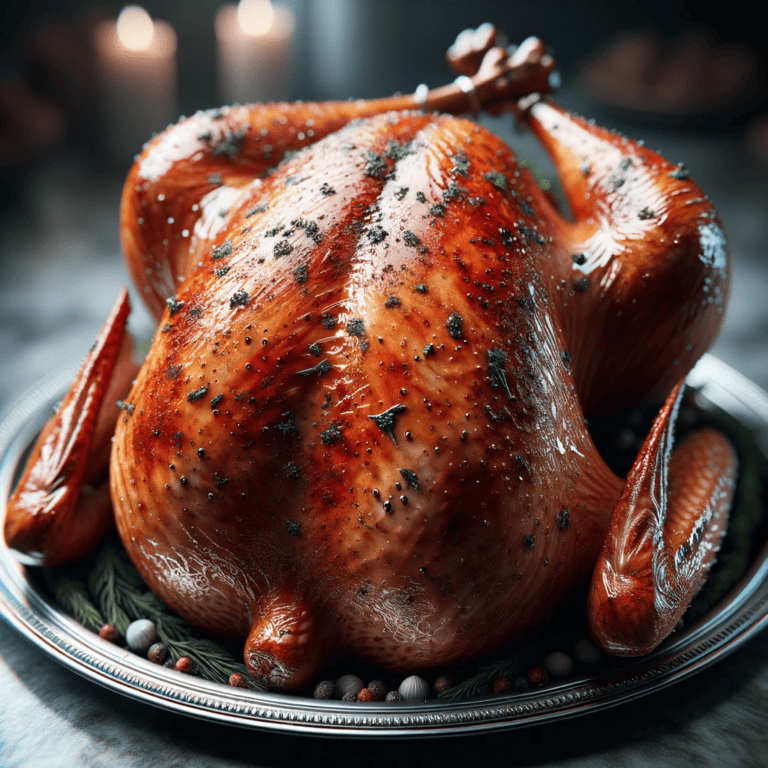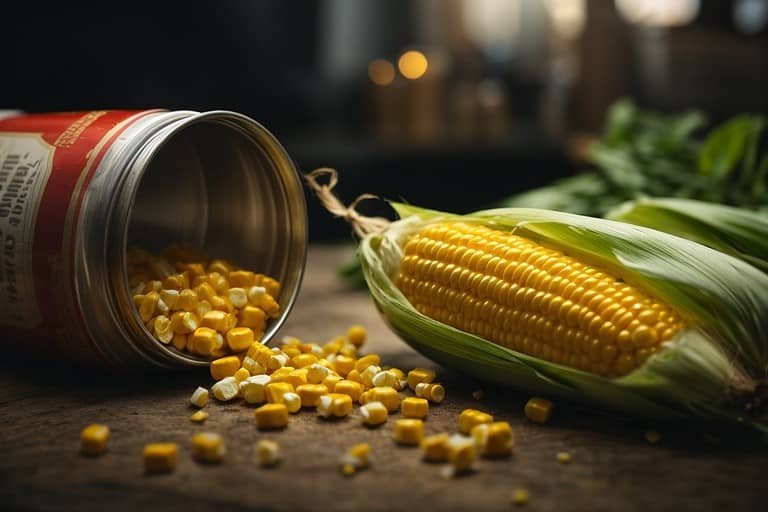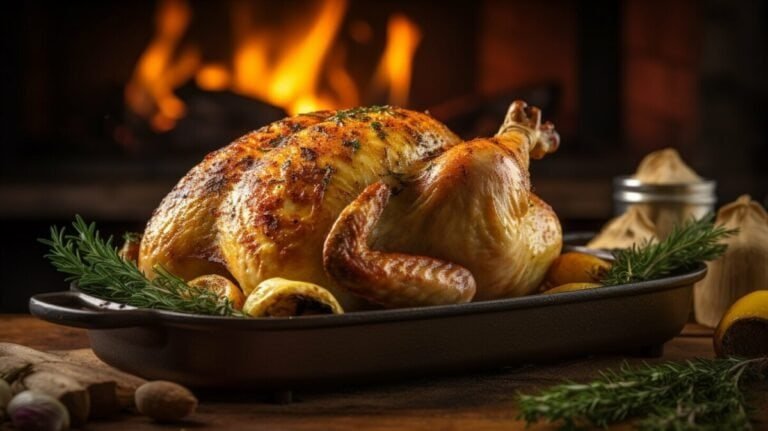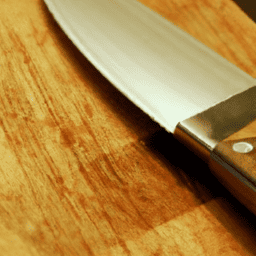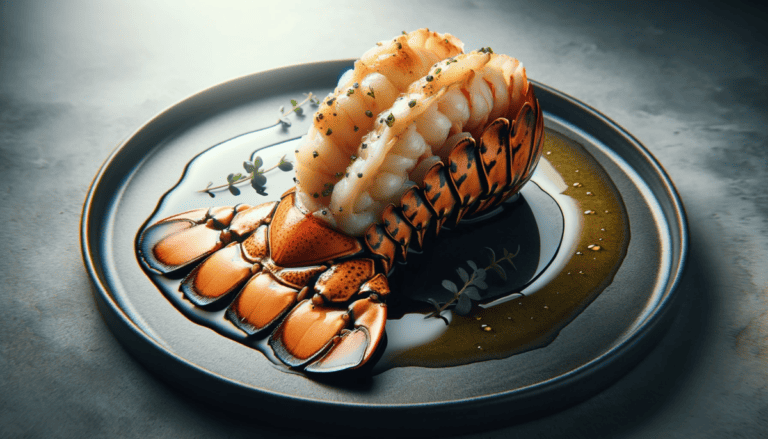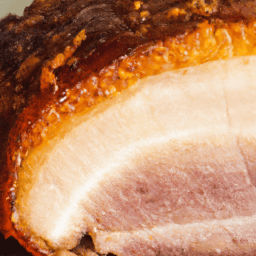How To Cook Uncured Bacon to Blissful Perfection
In the labyrinth of culinary delights, there’s one simple pleasure that stands out: bacon. But not just any bacon.
Let me take you on a journey of how to cook uncured bacon, a dance of flavors and textures that’s both primal and sophisticated. It’s not just about tossing it on a pan; it’s about understanding its essence, its soul. From selecting the right heat to that golden, crispy nirvana, this isn’t just cooking—it’s a rite of passage.
So, grab your skillet and let’s embark on this gastronomic adventure together. Because, my friend, great mornings start with perfectly cooked bacon.
Understanding How to Cook Uncured Bacon
Uncured bacon is a popular choice among health-conscious individuals and those who prefer a milder flavor in their bacon. But what exactly is uncured bacon?
Unlike regular bacon, which is cured with salt and other additives, uncured bacon is made without the use of any artificial nitrates or nitrites. Instead, it is cured using natural alternatives such as celery juice or sea salt. This results in a bacon with a slightly different flavor profile and appearance.
How Uncured Bacon is Different from Regular Bacon
The main difference between uncured bacon and regular bacon lies in the curing process. As mentioned earlier, regular bacon is cured using artificial nitrates or nitrites, which act as preservatives and give the bacon its characteristic pink color. On the other hand, Uncured bacon does not contain these additives and is, therefore, a healthier option for those looking to reduce their intake of artificial ingredients.
The absence of artificial nitrates or nitrites also means that uncured bacon may have a slightly different flavor compared to regular bacon. It tends to have a milder and slightly sweeter taste, allowing the natural flavors of the pork to come through. Additionally, uncured bacon may appear slightly more brown in color compared to regular bacon.
Benefits and Drawbacks of Uncured Bacon
There are several benefits to choosing uncured bacon. Firstly, uncured bacon is a healthier option as it does not contain artificial nitrates or nitrites, which have been linked to potential health risks when consumed in large quantities. Secondly, uncured bacon allows the natural flavors of the pork to shine through, making it a favorite among those who prefer a more authentic and less processed taste.
However, it is important to note that uncured bacon may have a shorter shelf life compared to regular bacon. Without artificial preservatives, uncured bacon must be consumed or stored properly to prevent spoilage. Additionally, uncured bacon may be slightly more expensive than regular bacon due to the higher cost of using natural alternatives for curing.
Choosing Your Uncured Bacon
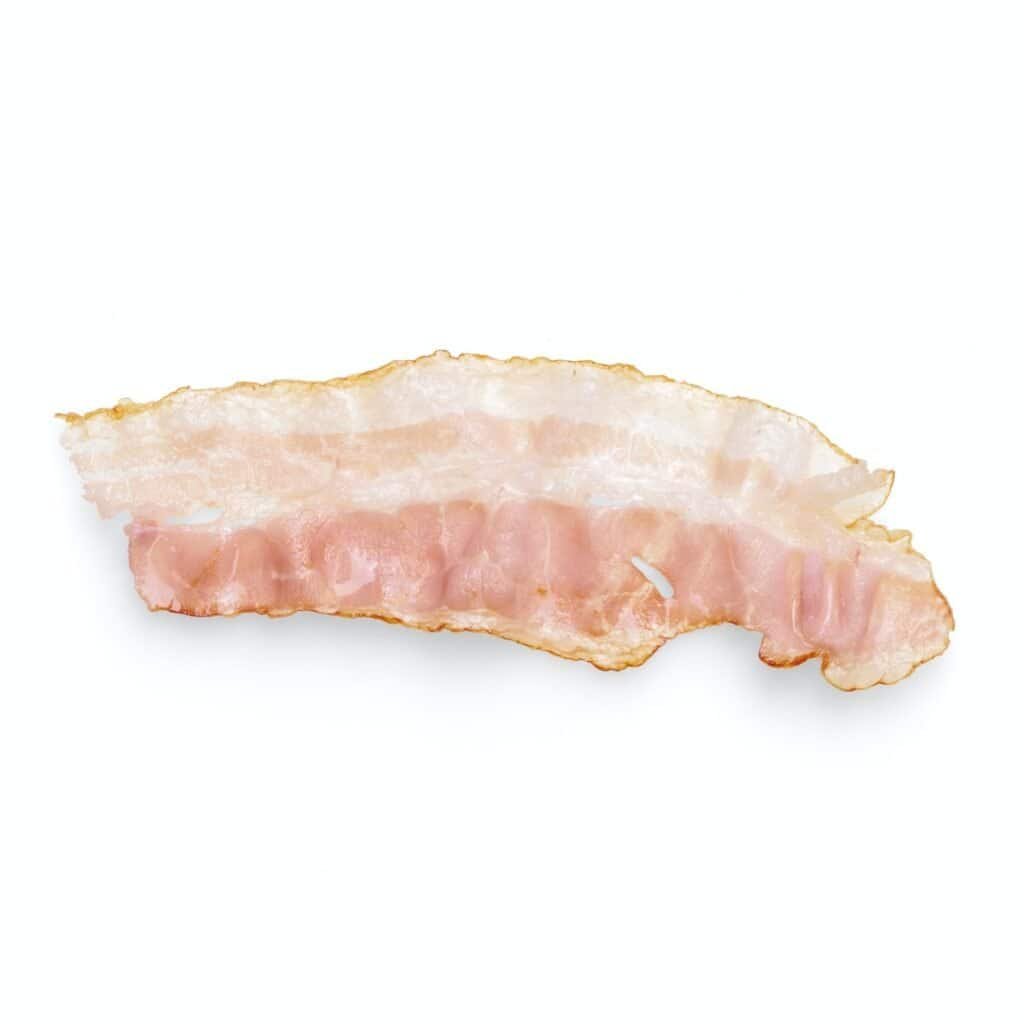
When it comes to selecting quality uncured bacon, there are a few factors to consider. Firstly, look for bacon that is made from high-quality pork. Opt for bacon produced from humanely raised pigs and free from antibiotics or added hormones. This ensures that you are choosing a product that is not only delicious but also ethically sourced.
Next, pay attention to the ingredients used in the curing process. While uncured bacon does not contain artificial nitrates or nitrites, it may still contain natural sources of nitrates, such as celery juice. Make sure to read the label and choose brands that use minimal and recognizable ingredients.
Finally, consider the flavor and variation options available. Some brands offer uncured bacon with added flavors such as maple or pepper, providing a unique twist to your cooking. Take the time to explore different options and find the flavor profile that suits your taste preferences.
Understanding Packaging and Labels on Uncured Bacon
When it comes to deciphering the packaging and labels on uncured bacon, there are a few key points to keep in mind. Look for labels that clearly state “uncured” to ensure that the bacon is free from artificial nitrates or nitrites. Additionally, labels may indicate if the bacon is made from humanely-raised pigs or if it is free from antibiotics or added hormones.
Pay attention to any additional certifications or labels that indicate a commitment to sustainable or ethical farming practices. These may include organic certifications or labels indicating that the bacon is sourced from a specific region known for its high-quality pork.
Lastly, check the expiration date to ensure the freshness of the bacon. As uncured bacon does not contain artificial preservatives, it is important to consume it within the recommended time frame for optimal taste and quality.
Preparing the Kitchen for Cooking
Before you embark on the delicious journey of cooking uncured bacon, preparing your kitchen and gathering the necessary tools is important. Some essential kitchen tools for cooking bacon include a sharp knife for slicing the bacon, a cutting board for food preparation, a skillet or frying pan, and tongs or a spatula for flipping the bacon.
Safety should always be a top priority when cooking bacon. Keep in mind that the hot bacon grease can splatter, so it is advisable to wear an apron and use a splatter guard to protect yourself and your kitchen surfaces. Ensure that your cooking area is well-ventilated to prevent any lingering odors.
Before you start cooking, take a few minutes to clean and organize your workspace. Clear away any clutter and ensure that your cooking tools are easily accessible. Having a clean and organized kitchen will make the cooking process more enjoyable and efficient.
Thawing the Bacon
If your uncured bacon is frozen, it is important to thaw it properly before cooking. Improper thawing can lead to uneven cooking and may affect the texture and taste of the bacon. The best method for thawing frozen bacon is to transfer it from the freezer to the refrigerator.
Place the bacon in a shallow dish or on a plate to catch any potential drips. Allow the bacon to thaw slowly in the refrigerator for approximately 24 hours or until fully thawed. Thawing bacon in the refrigerator ensures a safe and even thaw without the risk of bacterial growth.
Avoid thawing bacon at room temperature or using a microwave, as these methods can lead to uneven thawing and compromise the quality of the bacon.
How to Handle and Store Thawed Bacon
Once your bacon is thawed, it is important to handle it properly to maintain its freshness. Ensure that your hands are clean and dry before handling the bacon. Avoid touching the bacon excessively to prevent the transfer of bacteria.
If you are not planning to cook the bacon immediately after thawing, it is important to store it properly to prevent spoilage. Place the thawed bacon in a sealed container or wrap it tightly in plastic wrap to keep it fresh. Store it in the refrigerator for up to three days. Consider wrapping the bacon tightly in freezer-safe packaging for longer storage and freezing it for up to three months.
Prepping Pre-cooking Steps
Before you start cooking your uncured bacon, take a few moments to prep the bacon slices for optimal results. Lay out the bacon slices on a clean cutting board or a plate, ensuring they do not touch each other. This allows the bacon to cook evenly and prevents it from sticking together.
If desired, you can add spices or seasonings to enhance the flavor of your bacon. Some popular options include black pepper, paprika, or brown sugar. Feel free to get creative and experiment with different combinations to find your perfect flavor profile.
While prepping the bacon is also a good time to preheat your pan or oven. This ensures that the bacon cooks evenly and prevents it from sticking to the cooking surface.
The Stovetop Method

Frying uncured bacon on the stovetop is a classic and straightforward method that yields delicious results. Begin by heating a skillet or frying pan over medium heat. Allow the pan to heat up for a few minutes to ensure even cooking.
Once the pan is hot, carefully place the bacon slices into the skillet. It is important to arrange the bacon in a single layer, ensuring that the slices do not overlap. This allows the bacon to cook evenly and prevents it from sticking together.
Adjust the heat as needed to achieve a gentle sizzle without causing the bacon to burn. Cooking times may vary depending on the desired level of crispness. Flip the bacon slices using tongs or a spatula to ensure that both sides cook evenly. Arrange the bacon on a paper towel-lined plate to drain excess grease.
The Oven-Baking Method
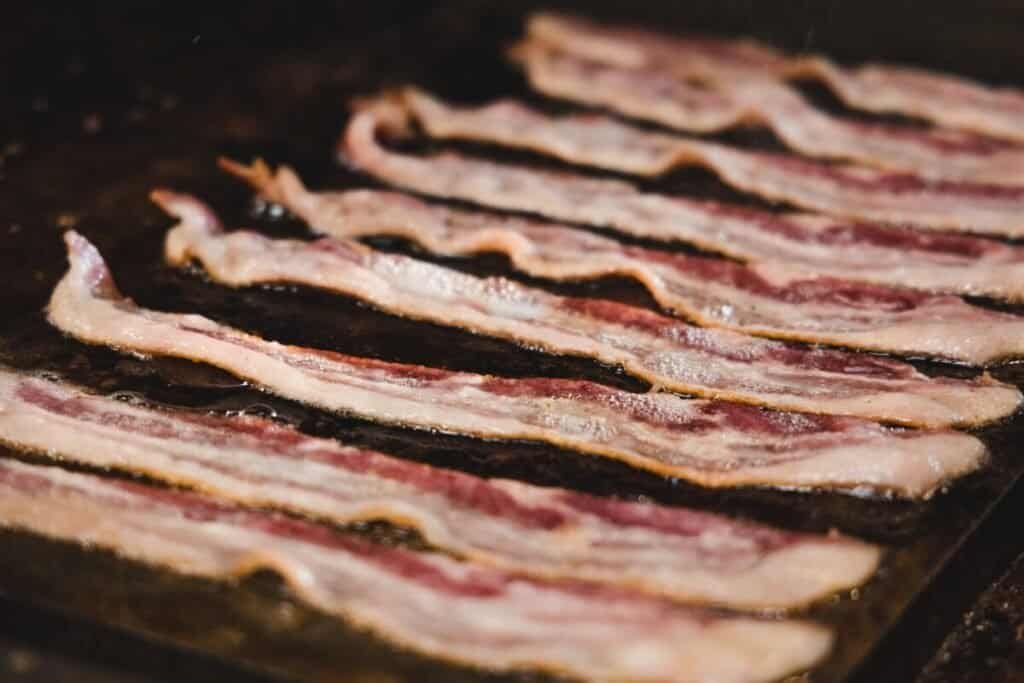
Another popular method for cooking uncured bacon is through oven baking. This method is especially great when cooking larger batches of bacon. Begin by preheating your oven to 400°F (200°C).
Line a baking sheet with aluminum foil or parchment paper for easy cleanup. Arrange the bacon slices on the baking sheet, ensuring that they do not overlap. This allows the bacon to cook evenly and prevents it from sticking together.
Place the baking sheet in the preheated oven and bake for approximately 15-20 minutes or until the bacon reaches your desired level of crispness. Keep a close eye on the bacon during the last few minutes of cooking to prevent it from burning.
Once the bacon is done, transfer it to a paper towel-lined plate to drain excess grease. The oven-baking method is a great option when cooking for a crowd or when you want to enjoy hands-off cooking.
The Microwave Method
If you’re short on time or prefer a quick and convenient method for cooking bacon, the microwave can come to the rescue. While this method may not yield the same level of crispness as stovetop or oven baking, it offers a fast and hassle-free cooking option.
To cook bacon in the microwave, arrange the bacon slices on a microwave-safe plate, ensuring that they do not overlap. Cover the plate with a microwave-safe lid or microwave-safe paper towel to prevent splattering.
Set the microwave’s power to medium or about 50% and cook the bacon for approximately 1 minute per slice. Cooking times may vary depending on the thickness of the bacon slices and the desired level of crispness.
It is important to exercise caution when removing the plate from the microwave, as it will be hot. Use oven mitts or heat-resistant gloves to protect your hands from burns.
Draining and Cooling the Bacon
After cooking your uncured bacon, it is important to drain excess fat and allow it to cool before serving. Use tongs or a spatula to carefully transfer the cooked bacon onto a plate lined with paper towels. This helps absorb any remaining grease.
To drain even more fat from the bacon, place another layer of paper towels on top and gently press down. This helps remove any residual grease, resulting in a cleaner and slightly less fatty bacon.
Allow the bacon to cool for a few minutes before serving. The cooling time allows the bacon to firm up slightly and ensures a more enjoyable eating experience. However, be careful not to let the bacon cool for too long, as it may become dry and lose its wonderful texture.
Cleaning Up
After enjoying your deliciously cooked uncured bacon, it’s time to clean up your kitchen. Properly cleaning your cooking tools is essential to maintain longevity and prevent grease and residue buildup.
Start by allowing any leftover bacon grease to solidify. Once it has solidified, carefully scrape it into a heat-resistant container for proper disposal. Avoid pouring grease down the drain, as it can lead to clogged pipes.
Wash your cooking tools, such as the skillet or baking sheet, with warm soapy water to remove any remaining grease or residue. Use a sponge or scrub brush to ensure a thorough cleaning. Soak the tools in warm, soapy water to loosen any stubborn bits if needed.
Once everything is clean and dry, return the tools to their designated storage spots, ensuring that they are easily accessible for future use.
If you have any leftover bacon, store it in an airtight container or resealable plastic bag in the refrigerator. Ensure that the bacon is properly wrapped to prevent any exposure to air, which can cause it to dry out. Leftover bacon can be refrigerated for up to three days and can be enjoyed as a tasty addition to sandwiches, salads, or breakfast dishes.
Uncured bacon is a flavorful and versatile ingredient that can elevate a variety of dishes. From hearty breakfasts to gourmet sandwiches, this bacon offers a healthier alternative without compromising on taste. With the right tools, techniques, and a little creativity, cooking uncured bacon can be a delightful experience that brings out the best in this beloved ingredient. So go ahead, grab some uncured bacon, and embark on a culinary adventure that will leave your taste buds craving for more!
FAQs on How to Cook Uncured Bacon
Q: What is uncured bacon?
A: Uncured bacon is bacon that hasn’t been treated with synthetic nitrates or nitrites. Instead, it’s often cured with natural sources like celery powder. It offers a cleaner, more natural flavor profile compared to its cured counterpart.
Q: Why choose uncured bacon?
A: Many people opt for uncured bacon due to its lack of artificial preservatives. It’s considered a more natural option and often comes from higher-quality pork.
Q: How do I store uncured bacon?
A: Uncured bacon should be stored in the refrigerator and consumed within a week of opening. You can also freeze it for up to a month.
Q: What’s the best method for cooking uncured bacon?
A: The skillet is the classic go-to, but you can also bake it in the oven for a less hands-on approach. Both methods have their merits; it’s all about your personal preference.
Q: How long should I cook uncured bacon?
A: In a skillet, cook it over medium heat for about 8-10 minutes, flipping occasionally. If you’re using an oven, preheat it to 400°F and bake for 18-20 minutes.
Q: How do I achieve crispy bacon?
A: The key to crispy bacon is to cook it slowly to render out the fat. Whether you’re using a skillet or an oven, don’t rush the process.
Q: Can I cook uncured bacon in the microwave?
A: While not the most recommended method, you can cook bacon in the microwave. Place it between paper towels and microwave on high for 4-6 minutes. However, this method may not yield the best texture.
Q: What can I do with the leftover bacon grease?
A: Ah, liquid gold! You can store it in a jar and use it for cooking other dishes. It adds a rich, smoky flavor to whatever you’re making.
Q: Any tips for cooking uncured bacon for a crowd?
A: If you’re cooking for a crowd, the oven is your best friend. You can cook multiple strips at once without the need for constant flipping.
Q: What dishes pair well with uncured bacon?
A: Uncured bacon is versatile. It pairs well with eggs, pancakes, and even salads. It’s also a great addition to sandwiches and burgers.

